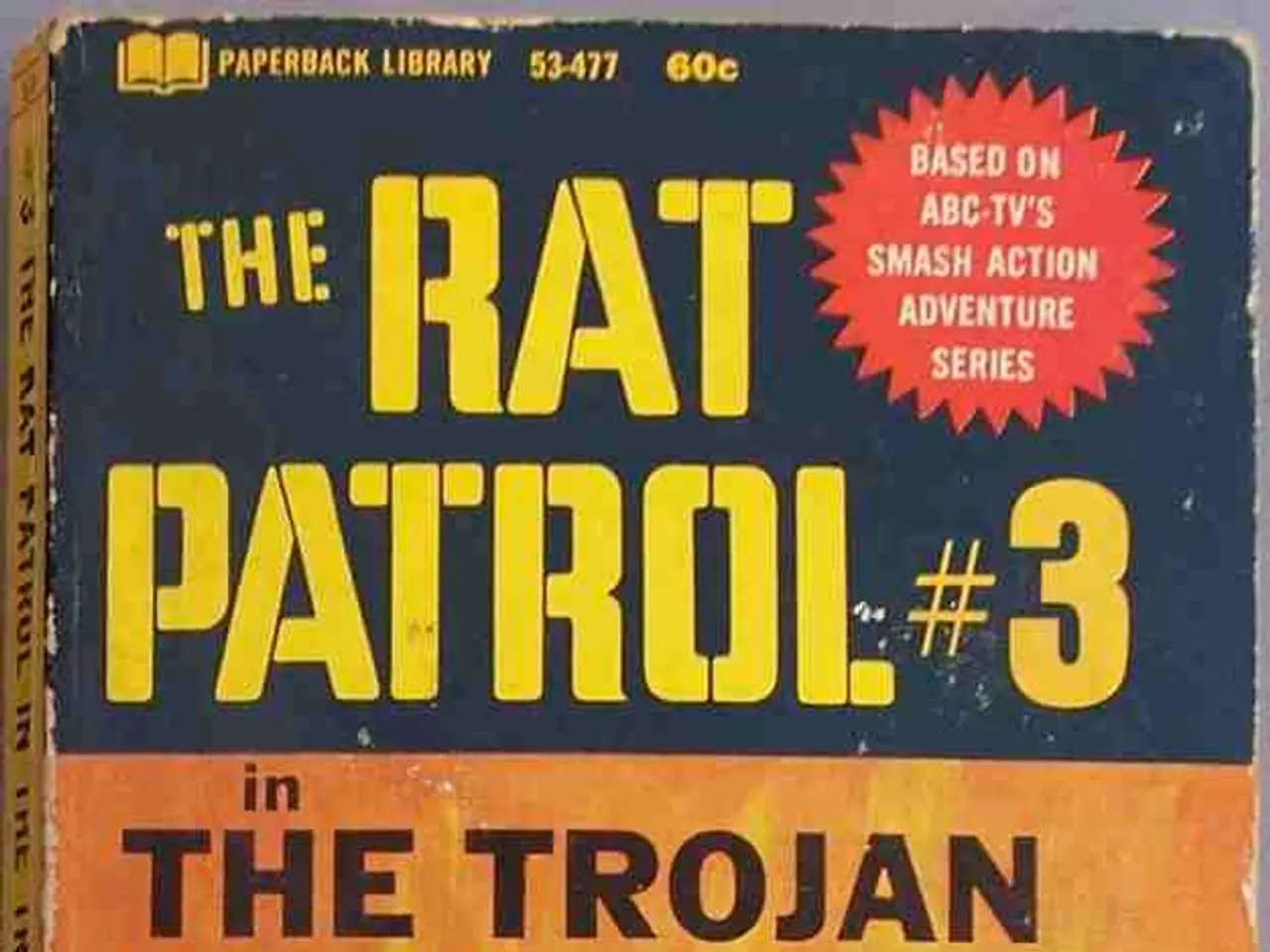Regulating or Enforcing Sulfur Dioxide Limits
In the United States, states are tasked with ensuring that their jurisdictions adhere to the Sulfur Dioxide (SO2) National Ambient Air Quality Standards (NAAQS) set by the U.S. Clean Air Act (CAA). This is primarily achieved through the development and implementation of State Implementation Plans (SIPs).
**How States Use SIPs to Demonstrate and Maintain SO2 NAAQS Compliance:**
To maintain compliance, states follow a systematic approach. Firstly, they identify major SO2 pollution sources and nearby population centers, designing monitoring networks and air quality models to assess regional SO2 levels and ensure adherence to the NAAQS.
Next, states prepare SIPs in response to EPA's attainment designations (attainment, nonattainment, or maintenance areas). For nonattainment areas, these plans describe enforceable actions to achieve and maintain air quality standards, often requiring major sources to install emission controls or switch to cleaner fuel types.
SIPs also include modeling demonstrations, emission inventories, reasonable further progress plans, reasonably available control technology (RACT), reasonably available control measures (RACM), contingency measures, and attainment demonstrations.
For example, Louisiana's SIPs involved emissions limits developed in collaboration with major sources like the Cabot Corporation to reduce SO2 emissions via consent decrees and control technologies. Modeling verified by EPA confirmed that these measures would bring affected areas into attainment with SO2 NAAQS.
Moreover, SIPs address interstate transport provisions to prevent SO2 pollution from one state from impairing air quality in neighboring states, as required under Section 110(a)(2) of the CAA.
The EPA reviews and approves these SIPs to ensure they meet all CAA requirements. If a state fails to maintain compliance or enforce its SIP, the EPA can take enforcement actions.
**The SIP Process:**
An area is considered a nonattainment area if it exceeds SO2 standards. The EPA, states, and tribes follow a process to determine SO designations. Redesignations and the Clean Data Policy (CDP) allow states with areas starting to monitor attainment to demonstrate attainment using air quality modeling and other analyses.
The NAAQS designations process determines if an area is meeting or not meeting SO standards. The Green Book lists nonattainment areas for SO and other criteria air pollutants.
EPA provides assistance to state, local, and tribal air quality agencies in developing their plans to implement sulfur dioxide standards. A state must engage the public in the SIP development process through notices and public hearings. Tribes have the option to develop their own SIPs, otherwise EPA will develop one for them.
Once a SIP is approved, the state implements its air pollution control strategies to gradually reduce sulfur dioxide pollution. The SIP generally consists of a plan for controlling air pollution, including air quality monitoring, modeling, emission inventories, emission control strategies, and documents (policies and rules).
The status of each state's SIP, including tribal implementation plans (TIPs), can be found on EPA's website. The implementation of the 2010 SO standard develops with each round of designations. Training resources, such as presentations and webinars, are available to explain the SIP implementation process and assist air quality agencies.
- In some cases, emissions from sports facilities may contribute to air pollution, necessitating measures to address these sources in SIPs.
- The science of environmental-science plays a crucial role in detecting and predicting air pollution levels, informing the development of SIPs.
- Renewable energy sources, like solar and wind, can significantly reduce emissions in industries, aiding efforts to combat climate-change and maintain SO2 NAAQS compliance.
- Financial institutions are increasingly recognizing the importance of investing in sustainable living and clean energy technologies as part of their responsibility to the environment.
- A home-and-garden renovation focusing on energy efficiency can reduce a household's carbon footprint, contributing to progress towards SO2 NAAQS compliance.
- Colleges and universities offer education-and-self-development programs in fields like climate-change and environmental-science to prepare students for careers in these areas.
- Businesses in the energy sector can prioritize career-development programs for employees, providing skills-training to enhance their proficiency in clean energy technologies.
- The housing-market may be influenced by a growing preference for sustainable homes and communities, creating demand for real-estate that adheres to data-and-cloud-computing systems for efficient energy use.
- Sports-betting platforms could potentially explore opportunities for carbon offsetting, demonstrating a commitment to sustainability in the sports industry.
- In some cases, sports-related events may generate revenues that can be invested in environmental initiatives, contributing to the larger goal of combating air pollution.
- Lifelong learning is essential for staying informed about the latest advancements in air pollution control technologies, allowing individuals to adapt their lifestyles accordingly.
- Athletes and influencers can use their platforms to promote sustainable living and raise awareness about the impact of air pollution on the environment and public health, encouraging others to take action in their own lives.




